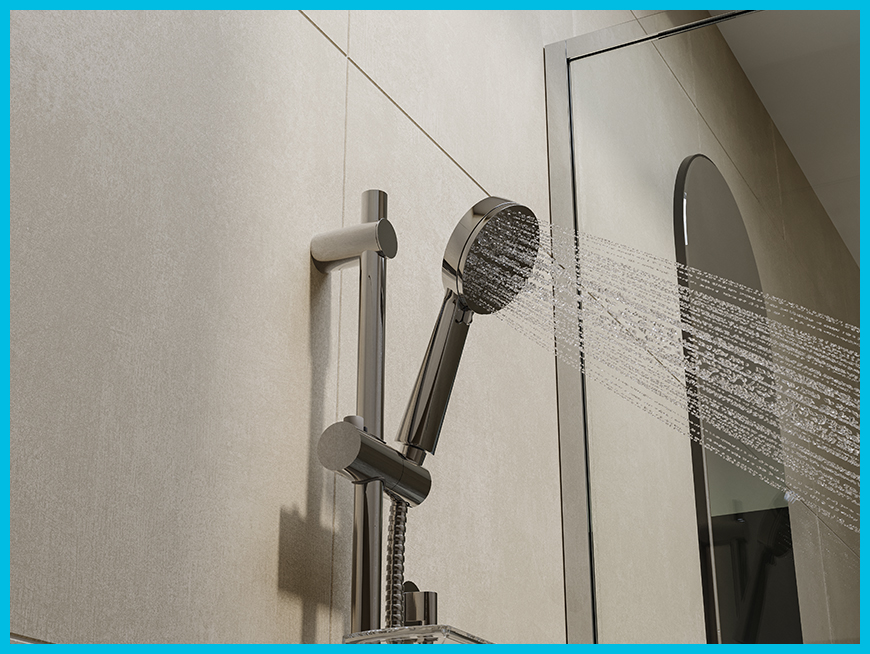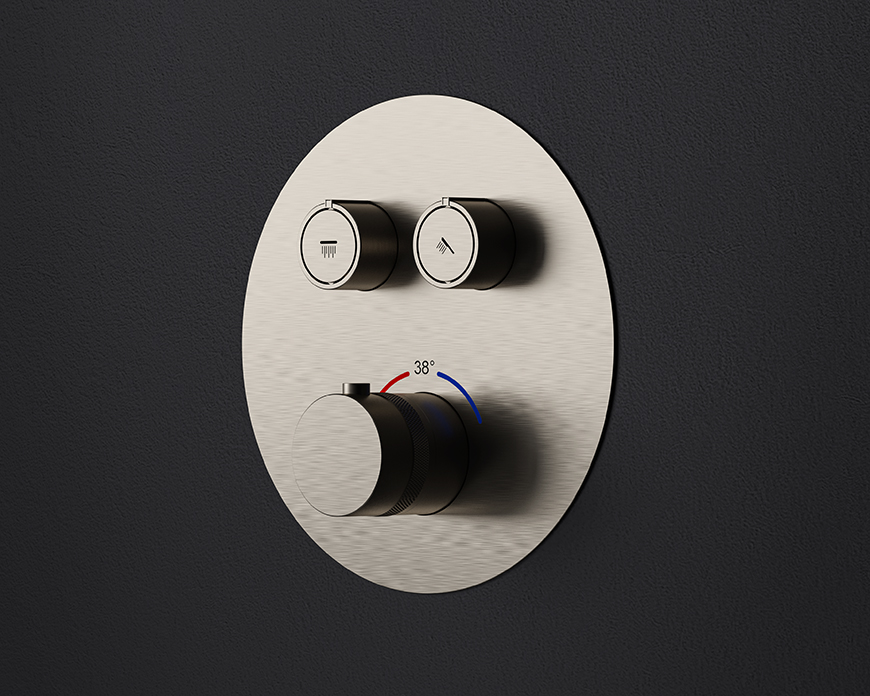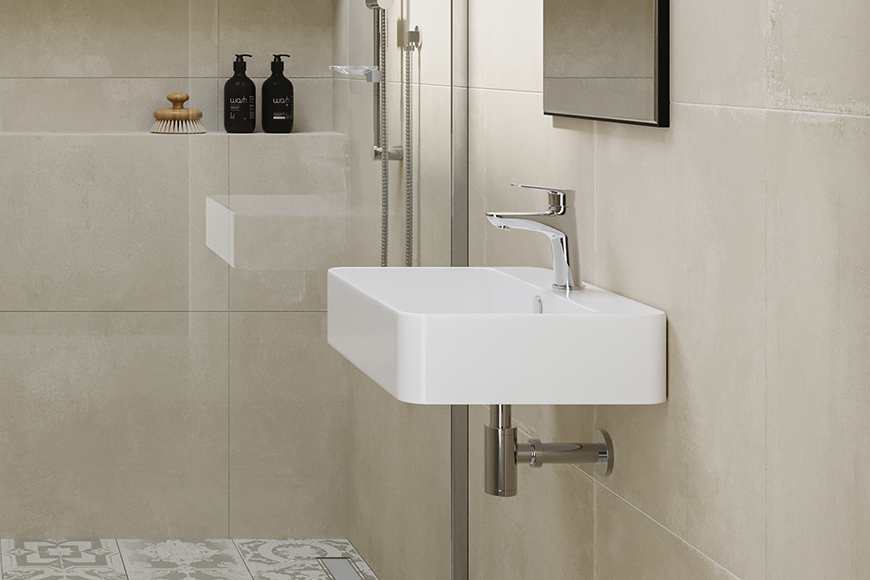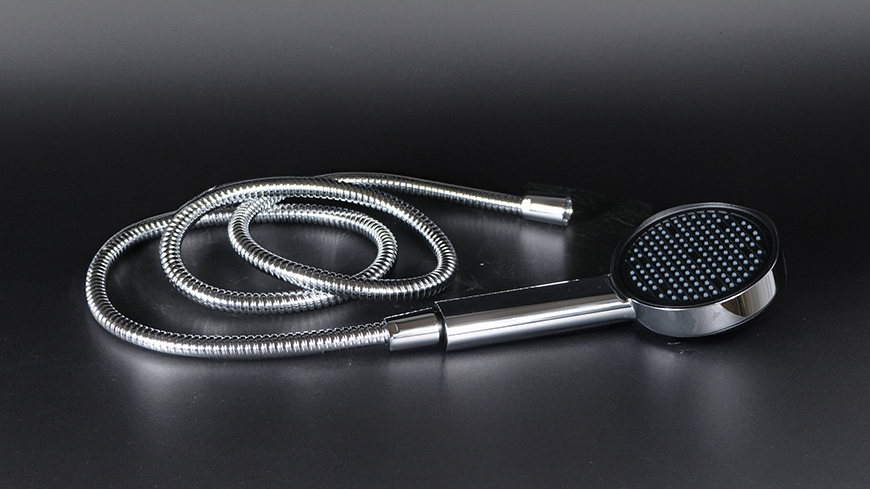Navigating New Zealand's Plumbing Regulations Updates
Wednesday 02 October 2024

New Zealand is undergoing a significant overhaul of its plumbing regulations, with a focus on improving water safety, efficiency, and environmental sustainability. These changes are part of the broader Building Code updates aimed at enhancing the overall quality of our built environment.
Here’s a comprehensive guide to understanding and navigating the latest New Zealand plumbing regulations, ensuring compliance, safety, and efficiency.
Why Plumbing Regulations Matter
Plumbing regulations in New Zealand are vital for ensuring the safety, health, and efficiency of our water systems. They provide guidelines for the installation and maintenance of plumbing systems, helping prevent water contamination, ensuring proper drainage, and protecting against scalding from hot water. These regulations are essential for everyone, from the plumbers who install and maintain systems to the homeowners and building contractors who rely on them.
What’s New in New Zealand Plumbing Regulations?
Here at Roberson Trade, we understand that the change to plumbing regulations can impact plumbers and other tradespeople when it comes to sourcing relevant parts that meet the new regulations that have been put in place. We work with tradespeople and plumbers throughout New Zealand to ensure we are delivering high-quality products that meet the new requirements, helping you to stay compliant.
The most notable amendments to the plumbing regulations include:
Lowering Hot Water Temperatures:
- The maximum hot water temperature delivered at the tap for most buildings has been reduced from 55°C to 50°C.
- This change aims to reduce the risk of scalding, especially for vulnerable populations.
- The adjustment applies to personal hygiene taps and baths in new buildings and new plumbing work.
From the Building Performance website:
Water temperatures
MBIE has amended Acceptable Solution G12/AS1 to lower the maximum hot water temperature delivered at the tap for most buildings from 55°C to 50°C. The amendments also include additional temperature control devices to give plumbers more ways to limit hot water temperatures. These changes do not apply to hot water used in kitchens or laundries, nor to the minimum temperature of hot water in a storage tank. The changes apply only to fixtures used for personal hygiene in new plumbing systems. Homeowners should not adjust these temperatures themselves as there are health risks associated with setting the temperatures incorrectly. This work should only be performed by a plumber. These amendments have a 12-month transition period ending on 1 November 2024.
A great way to control water temperature effeciently in your bathroom is to install a thermostatic shower mixer like the Elementi One Touch Thermostatic Mixer. Available in one and two functions, the One Touch thermostatic mixers are an innovative choice that, not only add incredible functionality to your shower, but also a modern design that will improve and simplify your bathroom’s aesthetic.

Behind the One Touch control is a built-in box, that makes installation simple and is designed to ensure no leaking into the wall. Perfect for families, the easy to operate One Touch Thermostatic Mixer allows you to precisely control the water flow rate, showerhead or handpiece function and temperature with a hot water limit preset at 38°C to prevent scalding.
Reducing Lead Content in Plumbing Products:
- The new standards significantly reduce the amount of lead allowed in plumbing products to protect public health.
- These standards will come into full effect by September 2025, marking a crucial step forward in safeguarding water quality.
From the Building Performance website:
Lead in plumbing products
The amended Acceptable Solution G12/AS1 limits the maximum lead content in any product that contains copper alloys, intended for use in contact with potable water for human consumption. This includes products such as pipe fittings, valves, taps, mixers, water heaters, and water meters. This amendment also clarifies that copper alloy water supply system components complying with this Acceptable Solution must be dezincification resistant.

Strengthening Backflow Prevention:
- Enhanced requirements for backflow prevention devices aim to protect potable water from contamination.
- This measure is crucial for preventing harmful substances from spreading through plumbing systems.
From the Building Performance website:
Protection of potable water
The amendment to Acceptable Solution G12/AS1 to improve the requirements to protect potable water from backflow contamination. This has a 12-month transition period ending on 1 November 2024.
Detailed Breakdown of Specific Areas Affected
The updates impact several key areas of plumbing, including water efficiency, sanitary plumbing, gasfitting, and drainage.
Water Efficiency
Hot Water Temperature Reduction:
- Reducing the maximum hot water temperature to 50°C ensures safety and compliance.
- This change requires the installation of temperature control devices, giving plumbers more ways to limit hot water temperatures effectively.
Lead Reduction:
- New limits on lead content in copper alloys used in plumbing components are now in place.
- Products like pipe fittings, valves, taps, and water heaters must meet these lower lead content requirements.
Sanitary Plumbing
Backflow Prevention:
- Enhanced backflow prevention measures are now mandatory.
- These measures ensure that potable water remains uncontaminated by preventing backflow from non-potable sources.
AS/NZS 3500 Standards:
- Adoption of the latest AS/NZS 3500 plumbing and drainage standards.
- These standards include New Zealand-specific requirements, improving compliance and system reliability.
Gasfitting and Drainage
Updated Standards:
- New standards for gasfitting and drainage ensure that systems are safe, efficient, and environmentally sustainable.
- The updated standards support better compliance pathways for gasfitting and drainage work.
Practical Advice for Plumbers
Adapting to these new regulations requires careful planning and continuous learning. Here are some tips to help plumbers ensure compliance:
Stay Informed
Regular Training:
- Attend workshops and training sessions on the latest regulations.
- Engage with industry associations for updates and resources.
Access Resources:
- Utilise official resources like the Ministry of Business, Innovation & Employment (MBIE) website.
- Refer to the Building Performance website for detailed guidelines.
Implement Best Practices
Use Compliant Materials:
- Ensure all plumbing products meet the new lead content and backflow prevention standards.
- Verify that materials are compliant with AS/NZS 3500 standards.
Document Your Work:
- Keep detailed records of all installations and maintenance work.
- Documentation helps track compliance and provides evidence during inspections.
Educate Customers
Inform Clients:
- Educate homeowners and building contractors about the new regulations.
- Provide guidance on how to maintain compliance and ensure their systems meet the updated standards.
Offer Solutions:
- Recommend compliant products and materials to clients.
- Provide solutions for upgrading existing systems to meet new regulations.
Guidance for Homeowners and Building Contractors
Understanding the new plumbing regulations is crucial for homeowners and building contractors to ensure their properties are compliant and safe.
What to Look for in a Compliant Plumbing Service
Certified Professionals:
- Hire certified plumbers who are familiar with the latest regulations.
- Verify their credentials and ask about their experience with the new standards.
Compliance Checks:
- Request compliance checks for existing plumbing systems.
- Ensure that any new installations adhere to the updated regulations.
Ensuring Your Property Meets Updated Standards
Upgrade Systems:
- Consider upgrading older systems to comply with new regulations, especially for hot water temperature control and lead content.
Stay Informed:
- Keep up-to-date with ongoing regulatory changes by following official resources like the MBIE and Building Performance websites.
- Attend informational sessions or webinars offered by industry experts.
The Road Ahead
The transition to the new plumbing regulations will take time and effort. However, staying informed and proactive will ensure compliance and safety. These updates are a significant step towards a safer, more efficient, and environmentally sustainable plumbing system in New Zealand.
Conclusion
Understanding and complying with the latest New Zealand plumbing regulations is crucial for plumbers, homeowners, building contractors, and tradies. These regulations are designed to enhance safety, efficiency, and sustainability in our water systems. By staying informed and implementing best practices, we can ensure that our plumbing systems are up to standard and protect public health.
For more detailed information on the specific changes, please refer to the MBIE and Building Performance websites. Continuous learning and adaptation are key to staying ahead in the plumbing industry. Let's work together to build a safer, more efficient future for New Zealand's plumbing systems.
